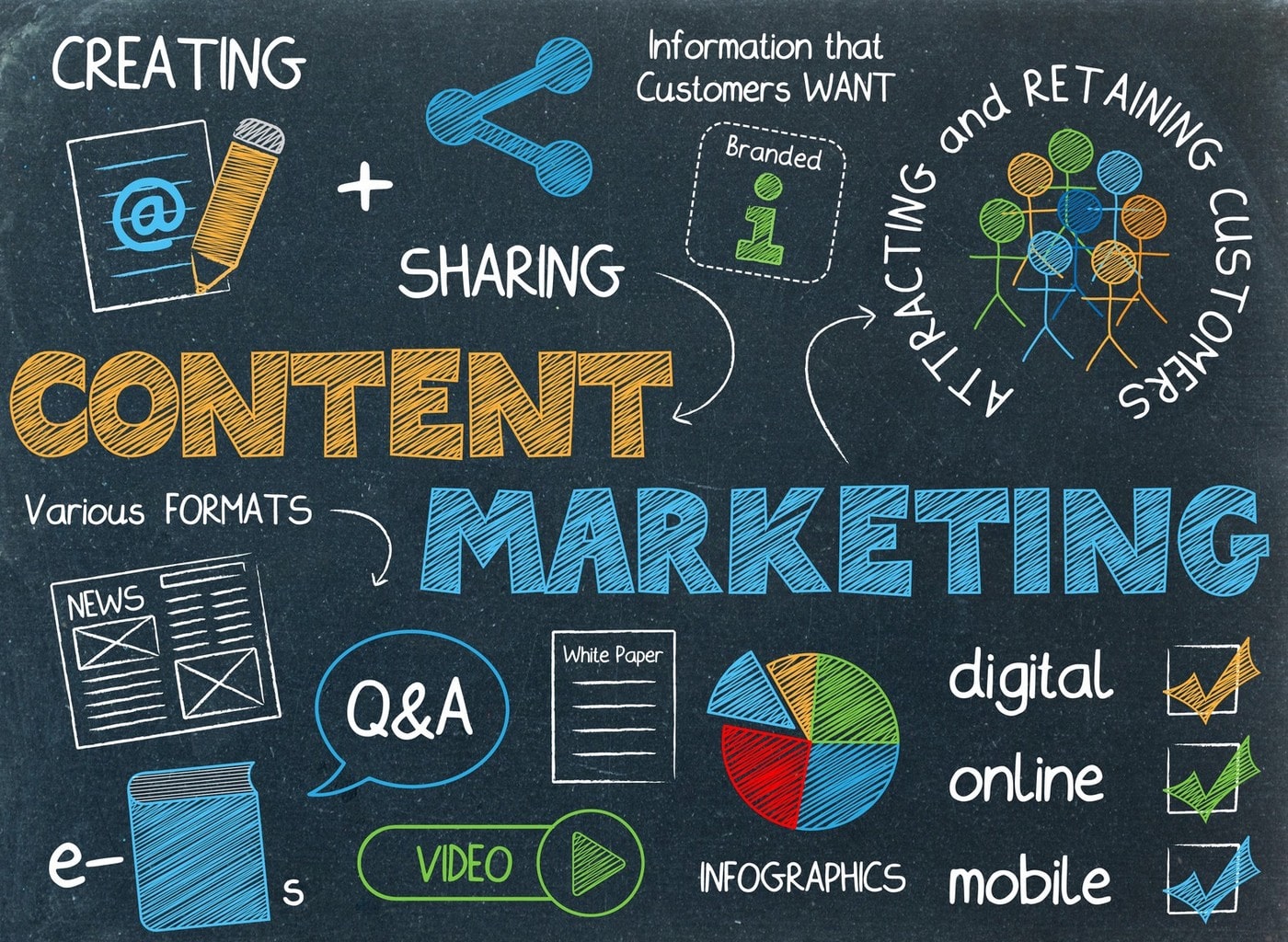Content marketing is a powerful strategy that can help businesses build brand awareness, attract new customers, and drive sales. In today’s digital age, creating and distributing valuable, relevant, and consistent content is essential for engaging your target audience and establishing your brand as an authority in your industry. This comprehensive guide explores the key components of a successful content marketing strategy, including planning, creation, distribution, and measurement.
What is Content Marketing?
Content marketing is a strategic approach focused on creating and distributing valuable, relevant, and consistent content to attract and retain a clearly defined audience—and ultimately, to drive profitable customer action. Unlike traditional advertising, content marketing aims to educate, inform, and entertain rather than directly promote products or services.
The Importance of Content Marketing
- Builds Brand Awareness:
- High-quality content helps your brand get noticed by potential customers. By providing valuable information, you can establish your brand as a trusted source in your industry.
- Increases Audience Engagement:
- Engaging content encourages interactions with your audience, such as likes, comments, and shares on social media. This interaction helps build a community around your brand.
- Drives Traffic and Conversions:
- Content marketing can drive traffic to your website and lead to higher conversion rates. Informative and relevant content attracts potential customers and guides them through the buyer’s journey.
- Improves SEO:
- Search engines favor websites with high-quality, relevant content. By optimizing your content for search engines, you can improve your website’s search engine rankings and visibility.
Planning Your Content Marketing Strategy
A successful content marketing strategy begins with careful planning. Here are the key steps to develop your strategy:
1. Define Your Goals:
- What do you want to achieve with your content marketing efforts? Common goals include increasing brand awareness, driving website traffic, generating leads, and boosting sales. Make sure your goals are specific, measurable, achievable, relevant, and time-bound (SMART).
2. Identify Your Target Audience:
- Understanding your target audience is crucial for creating relevant content. Consider demographics, interests, pain points, and behavior. Creating buyer personas can help you visualize and understand your audience better.
3. Conduct a Content Audit:
- Evaluate your existing content to identify what’s working and what’s not. This will help you understand what type of content resonates with your audience and where there are gaps that need to be filled.
4. Develop a Content Calendar:
- A content calendar helps you plan and organize your content creation and distribution. It ensures consistency and helps you align your content with important dates, events, and marketing campaigns.
Creating High-Quality Content
Creating valuable and engaging content is at the heart of content marketing. Here are some tips to help you create high-quality content:
1. Focus on Your Audience’s Needs:
- Your content should address the needs, interests, and pain points of your target audience. Providing solutions and valuable information will keep your audience engaged and coming back for more.
2. Use a Variety of Content Formats:
- Different types of content appeal to different audiences. Include a mix of blog posts, articles, videos, infographics, podcasts, and social media posts in your content strategy.
3. Create Compelling Headlines:
- Your headline is the first thing readers see, so make it attention-grabbing and relevant. A compelling headline can significantly increase the chances of your content being read and shared.
4. Optimize for SEO:
- Use relevant keywords to optimize your content for search engines. Include keywords in your headlines, subheadings, meta descriptions, and throughout the body of your content. Ensure your content is well-structured with proper use of headings and bullet points.
5. Include Visuals:
- Visual content such as images, infographics, and videos can make your content more engaging and easier to digest. Visuals can also improve the shareability of your content on social media.
6. Tell a Story:
- Storytelling is a powerful way to connect with your audience on an emotional level. Use stories to illustrate your points and make your content more relatable and memorable.
Distributing Your Content
Creating great content is just the first step. To achieve your goals, you need to distribute your content effectively. Here are some strategies for content distribution:
1. Leverage Social Media:
- Social media platforms are excellent channels for distributing your content. Share your content on platforms where your target audience is active. Use engaging visuals and captions to attract attention and encourage sharing.
2. Email Marketing:
- Email marketing is a powerful tool for distributing content directly to your audience. Build an email list and send regular newsletters with your latest content. Personalize your emails to increase engagement.
3. Collaborate with Influencers:
- Partnering with influencers in your industry can help you reach a broader audience. Influencers can share your content with their followers, providing social proof and increasing your brand’s credibility.
4. Guest Blogging:
- Writing guest posts for reputable blogs in your industry can help you reach new audiences and build backlinks to your website. Ensure your guest posts provide valuable insights and include links to your own content.
5. Paid Advertising:
- Invest in paid advertising to amplify your content’s reach. Platforms like Facebook, Instagram, LinkedIn, and Google Ads offer targeted advertising options that can help you reach your ideal audience.
Measuring and Analyzing Your Content Marketing Efforts
To determine the success of your content marketing strategy, you need to measure and analyze your efforts. Here are some key metrics to track:
1. Traffic Metrics:
- Monitor website traffic to see how many people are visiting your site. Tools like Google Analytics can provide insights into where your traffic is coming from and which pages are the most popular.
2. Engagement Metrics:
- Track engagement metrics such as likes, comments, shares, and time spent on page. High engagement indicates that your content is resonating with your audience.
3. Conversion Metrics:
- Measure conversions to see how well your content is driving desired actions, such as filling out a form, making a purchase, or signing up for a newsletter. Conversion tracking can help you understand the ROI of your content marketing efforts.
4. SEO Metrics:
- Monitor your search engine rankings and organic traffic. Use tools like Google Search Console to track keyword rankings and identify opportunities for improvement.
5. Social Media Metrics:
- Track social media metrics such as follower growth, engagement rates, and reach. These metrics can help you understand how well your content is performing on social platforms.
Conclusion
Content marketing is a powerful strategy that can help businesses build brand awareness, engage with their audience, and drive sales. By following the steps outlined in this guide, you can develop a successful content marketing strategy that delivers results. Focus on creating high-quality content that meets the needs of your audience, distribute your content effectively, and continuously measure and analyze your efforts to optimize your strategy. With the right approach, content marketing can be a valuable tool for achieving your business goals.

